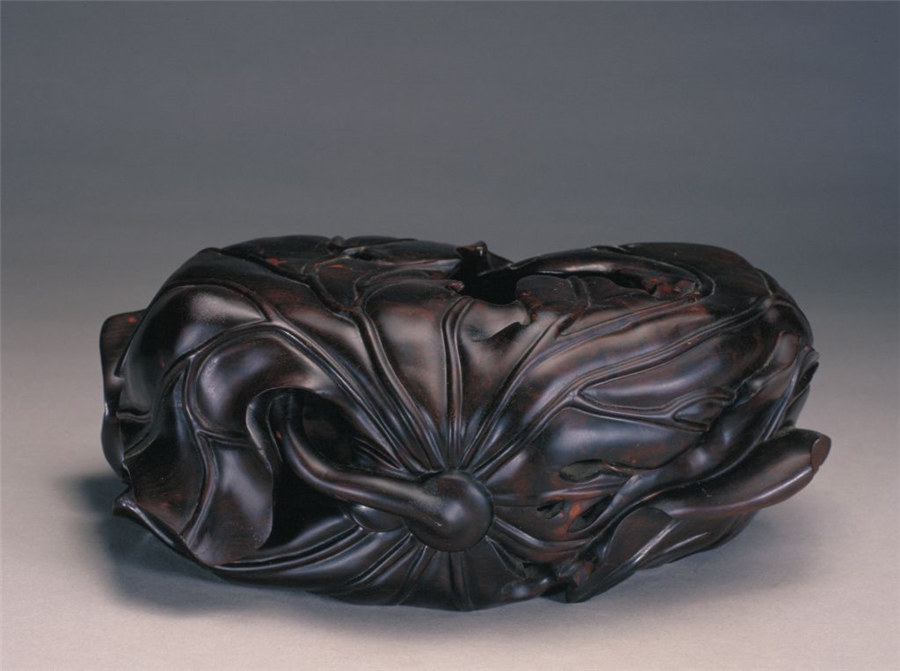

Health benefits:
Pillows in ancient China not only served as sleep aids but also played a role in traditional medicine. Some pillows were specifically designed to relieve headaches, promote blood circulation, or alleviate neck and shoulder pain.
Herbal pillows with health functions have a long history in China, dating back to the Western Han Dynasty. These pillows were filled with herbs or medications and placed in direct contact with the head, providing preventive and curative effects against illnesses.
Examples of early discovered herbal pillows include the brocade pillow filled with herba eupatorii unearthed from the Mawangdui No 1 Han tomb and the silk pillow filled with pearls unearthed from the Nanyue King tomb.
According to ancient Chinese medical books of Qianjin Fang (Precious Prescriptions for Emergencies) and Ben Cao Gang Mu (Compendium of Materia Medica), tea leaves, autumn chrysanthemums, and mung beans were used as pillow fillings for their health benefits.
It is said that Empress Dowager Cixi would have people pick chrysanthemums during the autumn blooming season each year. After exposing them to the blazing sun, the dried flowers would be filled into pillows for bedding purposes.